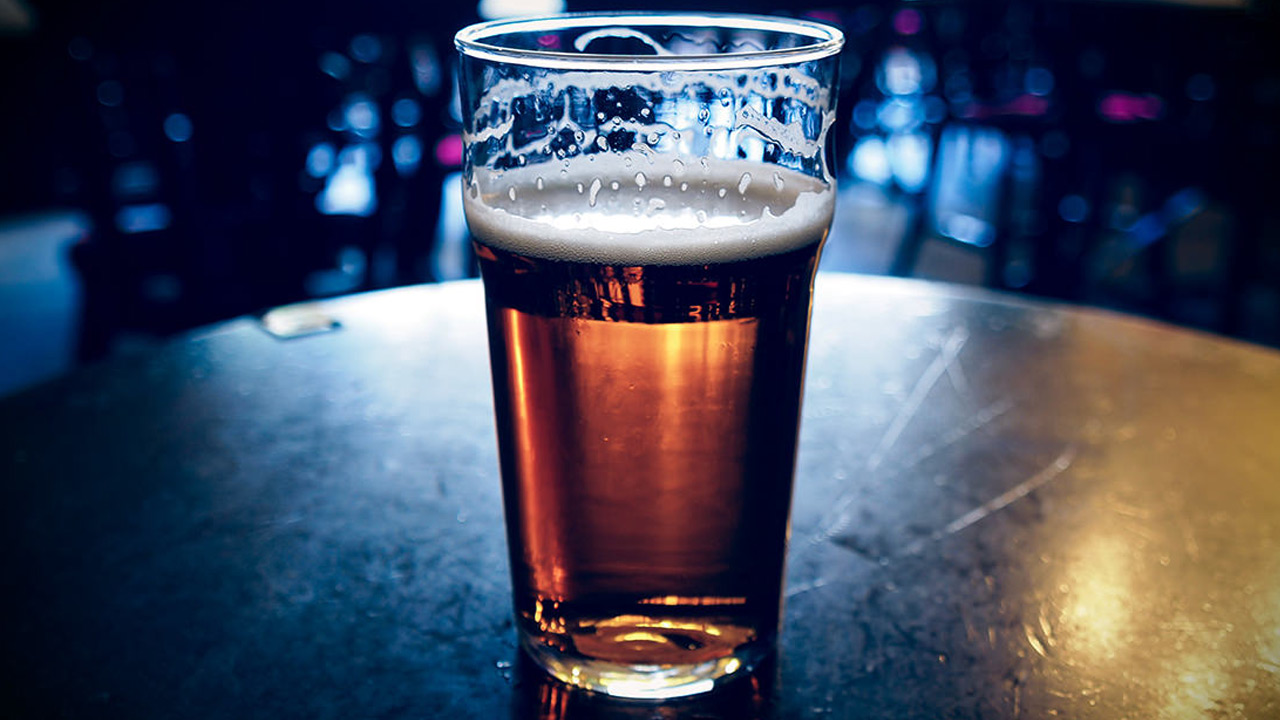Clear beer can be a thing of beauty, and for some styles, it may be a necessity. The term “clear” or “clarity” is used as a defining appearance characteristic in over 50 sub-styles of beer in the BJCP 2021 Style Guidelines. Somewhat frustratingly, a crystal clear American Lager will only garner you 3 points on your total score – assuming all the other appearance characteristics meet the judge’s marks.
Whatever the reason you’re looking to get the clearest beer possible, we, as home brewers, have a few options in the way of Fining Agents to help us out at virtually every step of the brewing process.
Set it (down) and Forget it Fining Agents
Time
As the Rolling Stones say, “Time is on my side.” Time is one of the easiest and most effective ways to clear your beer. I’ve pulled the haziest and cloudiest of Witbiers and Hefe’s, lost for years, from the back of my beer fridge and started pouring crystal clear beer from the bottles. And while that’s entirely against style expectations for those beers, this is an example of how time can clear the foggiest of beers.
But let’s get real – who wants to wait that long?
Boil side Fining Agents
 Whirlfloc Tablets and Irish Moss
Whirlfloc Tablets and Irish Moss
Most home brewers are probably familiar with Whirlfloc and Irish Moss as “Kettle Finings” or finings added during the boiling process.
Both bind with proteins in the wort and form large clumps as the wort is chilled. Those clumps fall to the bottom of the boil kettle before transferring the wort to a fermenter or within the fermenter, collecting among the trub.
These aren’t used together; it’s a choice of one or the other. In most of my experience, home brewers have gravitated more to Whirlfloc tablets due to their pre-measured amounts and ease of use (1/2 a tablet per 5-gallon batch).
Fermentation side Fining Agents
 Clarity-Ferm
Clarity-Ferm
When you hear the name “White Labs” in home brewing circles, chances are the subject of discussion is one of their many strains of brewers yeast. But White Labs has a few other incredibly effective and helpful products available to the home brewing community. One of those is “Clarity-Ferm.”
Clarity-Ferm is a highly specific enzyme that prevents chill haze in beer. It’s also been found to reduce gluten in beer made with barley.
The recommended time to add Clarity-Ferm is at the beginning of fermentation, or better yet, with your yeast pitch.
Post-Fermentation Fining Agents
By far, the broadest range of Fining Agents options comes at the post-fermentation stage. Here are a couple of the more popular options.
 Gelatin
Gelatin
Adding dissolved gelatin to a finished keg of beer is a tried and proven method to help get a clear beer, though preparing it can be a little cumbersome:
-For 5 gallons, start with a 3/4 cup of water in a microwave-safe measuring cup.
-Heat the water slightly and add 1 tsp of unflavored gelatin
-Stir the gelatin and water with a sanitized thermometer.
-Heat the water in a microwave in 5-second bursts until the mixture reaches 150-155 degrees F.
-When that target temperature is reached, add the solution directly to the keg.
-In 24-48, draw off the first pint of two and murky, cloudy beer and watch the next pours clear up significantly.
You can cool the mixture if you’re hesitant to put 150-degree liquid in your cold beer. But don’t let it sit too long, especially in a refrigerator – the gelatin will begin to solidify you’ll end up with a cup of soggy, tasteless gelatin.
While this method can work wonders, if you’re looking for a more direct addition to your beer to help clear it up, you’re in luck.
 Biofine Clear
Biofine Clear
Biofine Clear is a purified colloidal solution of silicic acid in water that has been specifically formulated for the rapid sedimentation of yeast and other haze-forming particles in beer, and it’s vegan-friendly.
The dosage rate on its instructions ranges from 1/4 Tbsp to 2 Tbsp per 5 gallons of beer, and 1 Tbsp is often a good place to start for the first dose. And that it is, Biofine Clear directly into the keg – no mixing, no heating, no waiting. However, just in case, you might want to take a minute to sanitize your measuring spoon.
Unless there are sizable chunks of matter floating in your beer, clarity usually has little to no effect on your beer’s final taste. But sometimes you want it to look as good as possible to show off your hard work. Other times you may need it to be the clearest it can be for those last few points on your scoresheet. Whatever the reason, these are a few things you can do to help clear your beer. I hope you’ve found this helpful, and happy brewing!





Leave A Comment